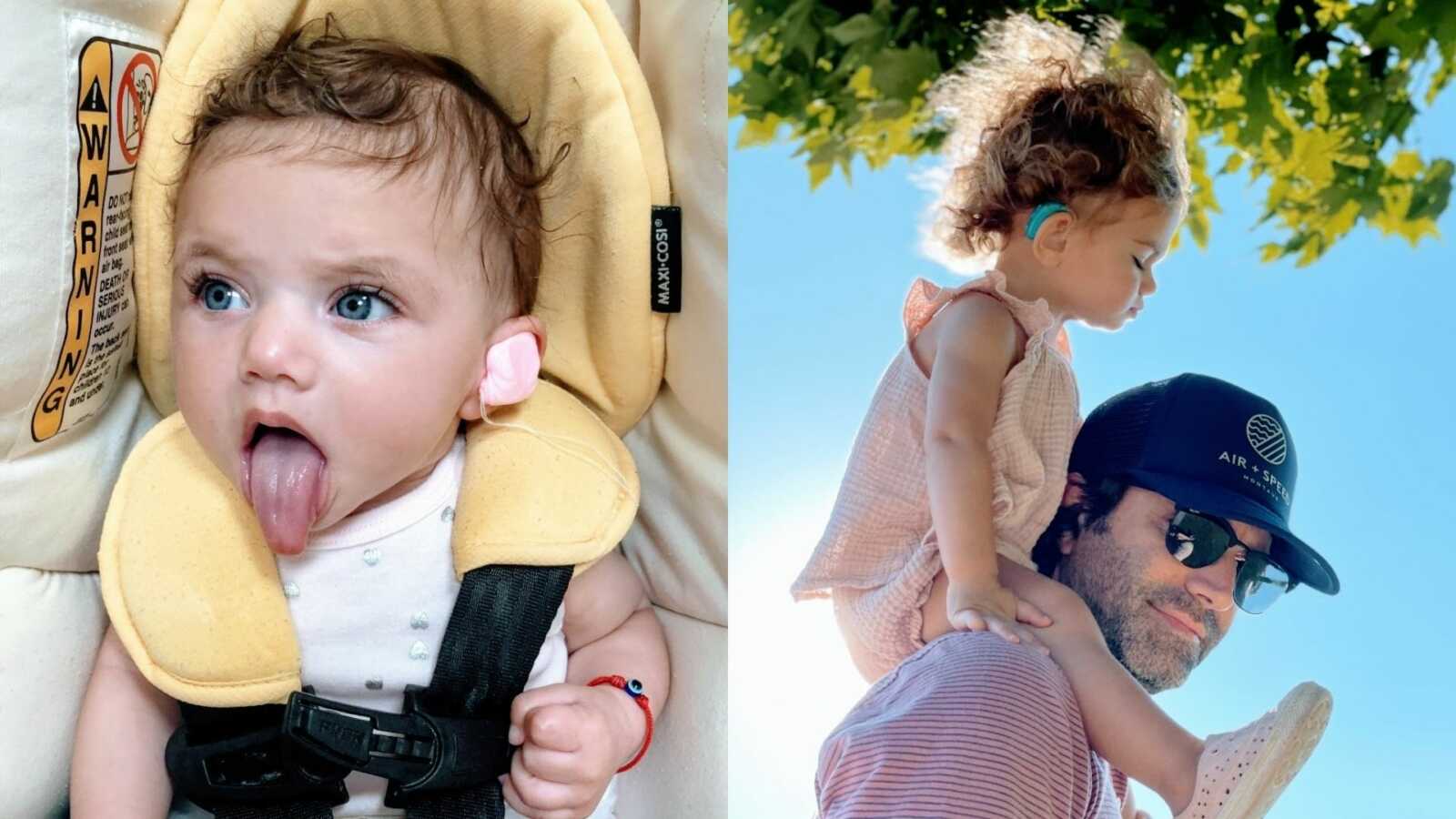“’We’re going to repeat the test tomorrow. She probably still has fluid in her ears from the delivery.’ These are the words I was told as a woman handed me back my newborn daughter, Charlotte, after performing the routine hearing screening.
At the time, my husband had been out of the room pillaging the communal kitchen on the maternity floor for snacks. I was alone with Charlotte. In that moment, I just remember staring into her big blue eyes and saying, ‘We got this. You and me. But also…where the hell did you get these blue eyes from?!’

By some grace of God, I was completely calm and rational…which is NOT typical for me. I’m a big fan of flipping the F out. The fact of the matter was I already knew it was NOT just fluid in her ears. You see, when I was pregnant with my first child Lilla, I found out my husband, Travis, and I have a lot more in common than just our dark sarcasm. We’re also both carriers of a gene mutation for hearing loss.
It’s a recessive gene, which means all of our children have a 25% chance of being DHH (Deaf/Hard of Hearing)…same with the blue eyes. When Travis returned to the room, arms full of snacks, I casually told him they were going to re-do the hearing screen. My casualness did not work. He left the room to go for a walk. That’s how I knew he wasn’t OK. He went silent. Usually he’s a ‘fixer’ and will lay out, in excruciating detail, how to take care of something. But that day he was quiet. He didn’t know how to ‘fix’ this one. And he took the snacks with him.
The result of the second screening was also ‘refer,’ so we were sent home from the hospital with a referral to a pediatric audiologist for a follow-up. Contrary to popular belief, you don’t ‘fail’ a hearing screening. It’s not a math test. We told nobody. We didn’t have answers, so we didn’t want questions.
A month passed, but to add to the sheer chaos of it all, COVID-19 shut downs had just been put into effect. On the day we brought her in for the follow-up, the children’s hospital was a ghost town and only one parent could be present. I was that parent.
Once again, the results pointed to hearing loss. This was the first time I really cried…ugly cried. But not because of the hearing loss. It was how she looked at me with so much sadness and spoke with apology in her voice. ‘Love her like you would a normal child.’ These words sucked the wind out of me.
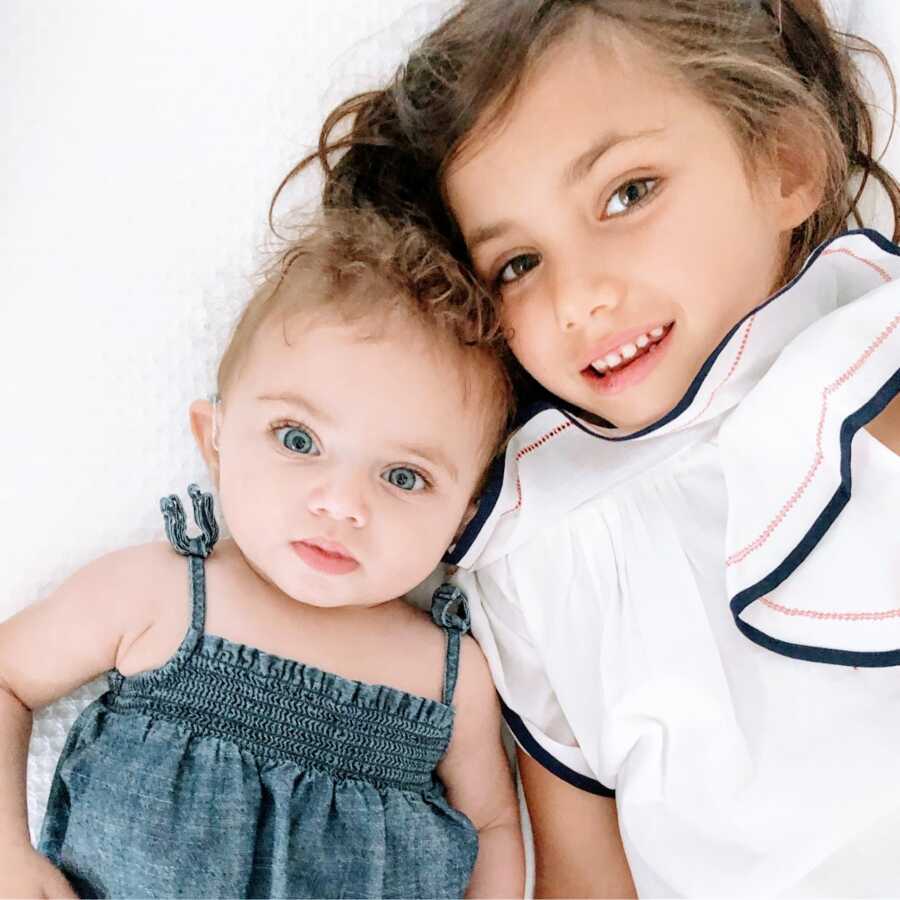
Getting pregnant with Charlotte was not nearly as easy as my first. I had two miscarriages. When I finally had a viable pregnancy, I just prayed I was able to get it over the finish line. There are feelings of loss and grief with miscarriage. There is also an immense feeling of failure. Now, imagine how it feels when it is suggested you didn’t succeed in having a ‘normal’ baby?
That conversation played through my head over and over. Would people really think Charlotte wasn’t a ‘normal’ child or we wouldn’t love the crap out of her? And what is ‘normal’ anyway? Is there an ‘abnormal?’ Every child is different in their own way and they all deserve to be loved unconditionally and raised to be the best they can be with confidence in themselves that they can take on anything.
There was a period of grief that followed. It’s a strange thing to mourn someone’s ability to hear. It seemed trivial, to be honest. But, necessary. We simply had no experience with this and the unknown can feel really freaking scary.
I also spent a lot of time trying to figure out if I somehow caused the hearing loss. ‘Was it that time I cleaned the bathroom with bleach? Did the fumes do this to my baby? Was it that time I lost my s–t on my 6-year-old and screamed at her to take a bath? Was the yelling too loud?’
After a lot of self-blame, I realized I had no control over this or the way other people felt about it. The only thing I could control was the way I reacted to it and what I will do from this point forward to make sure she never feels like she is playing from behind or at a deficit.
A week later, Charlotte had her first ABR (Auditory Brainstem Response) test. It’s completely painless and safe, but I made Travis take her this time. I was a mess of post-partum hormones. Luckily, we were hooked up with a new audiologist. A very amazing one who has become one of Charley’s biggest cheerleaders and doesn’t hate me for asking eleven-thousand questions. The news of Charlotte’s official diagnosis (moderate to severe bi-lateral sensorineural hearing loss) was delivered to me via Facetime while I waited in the car with Lilla.
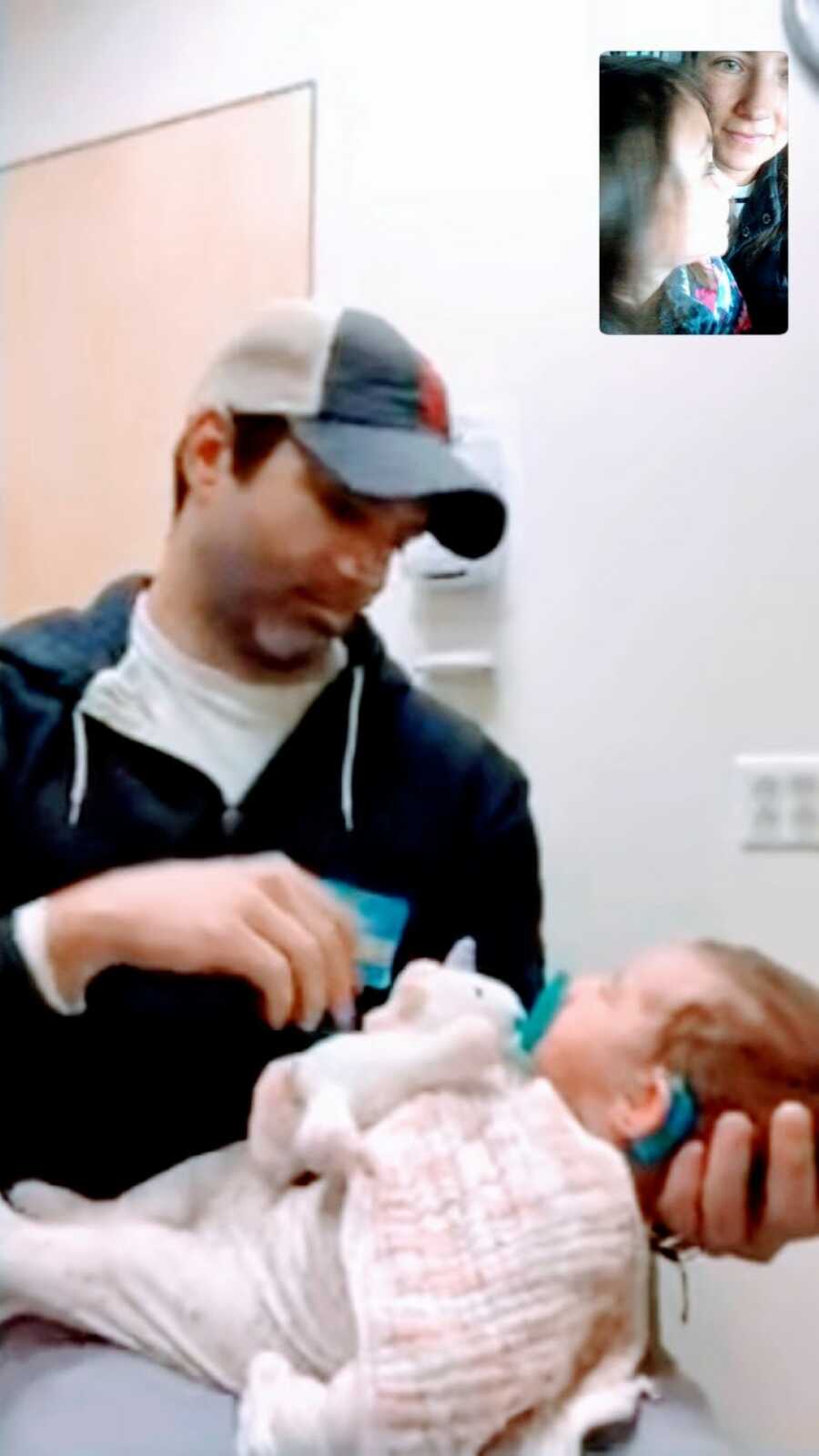
The following week, she got her hearing aids. Bright teal hearing aids that are cool AF…just as cool as eyeglasses. The work we have done over the past 17 months has been exhausting; sessions with our Auditory Verbal Therapist, Speech Language Pathologist, regular visits to the audiologist for new ear molds, hearing tests, ENT appointments, trying to learn and incorporate ASL, late nights spent down internet rabbit holes, educating myself on the nuances within the DHH community, advocating, stalking people on social media who are years ahead of us on their journeys, and offering help to those who are newer.
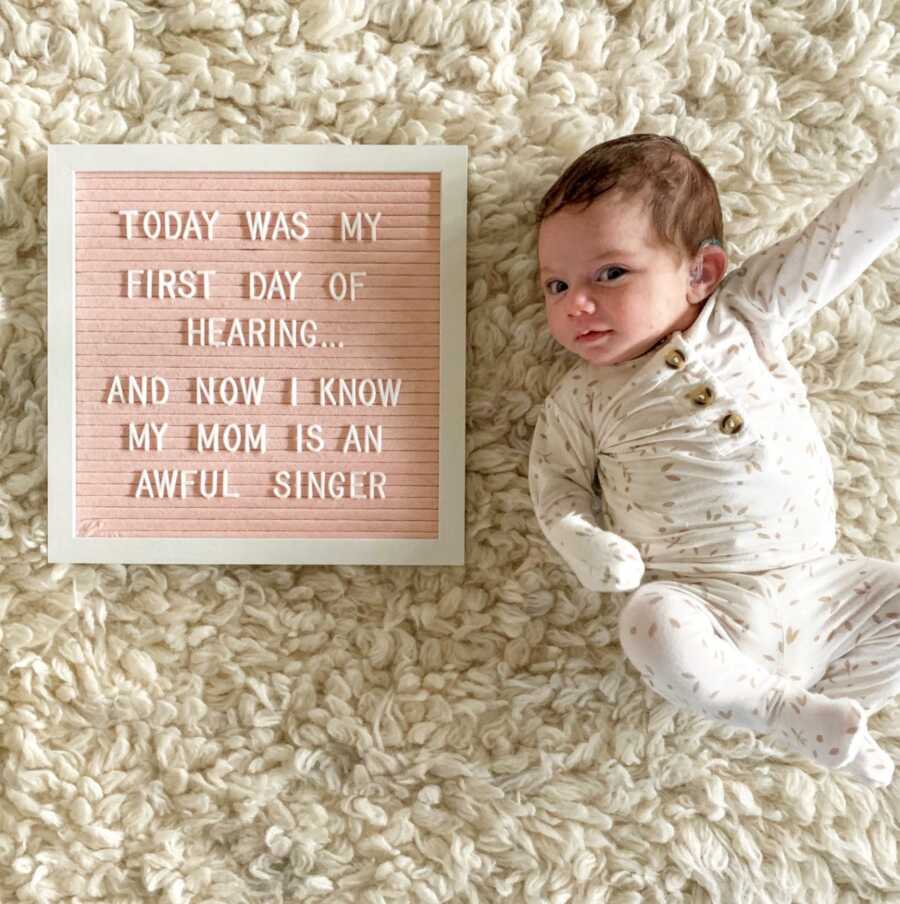
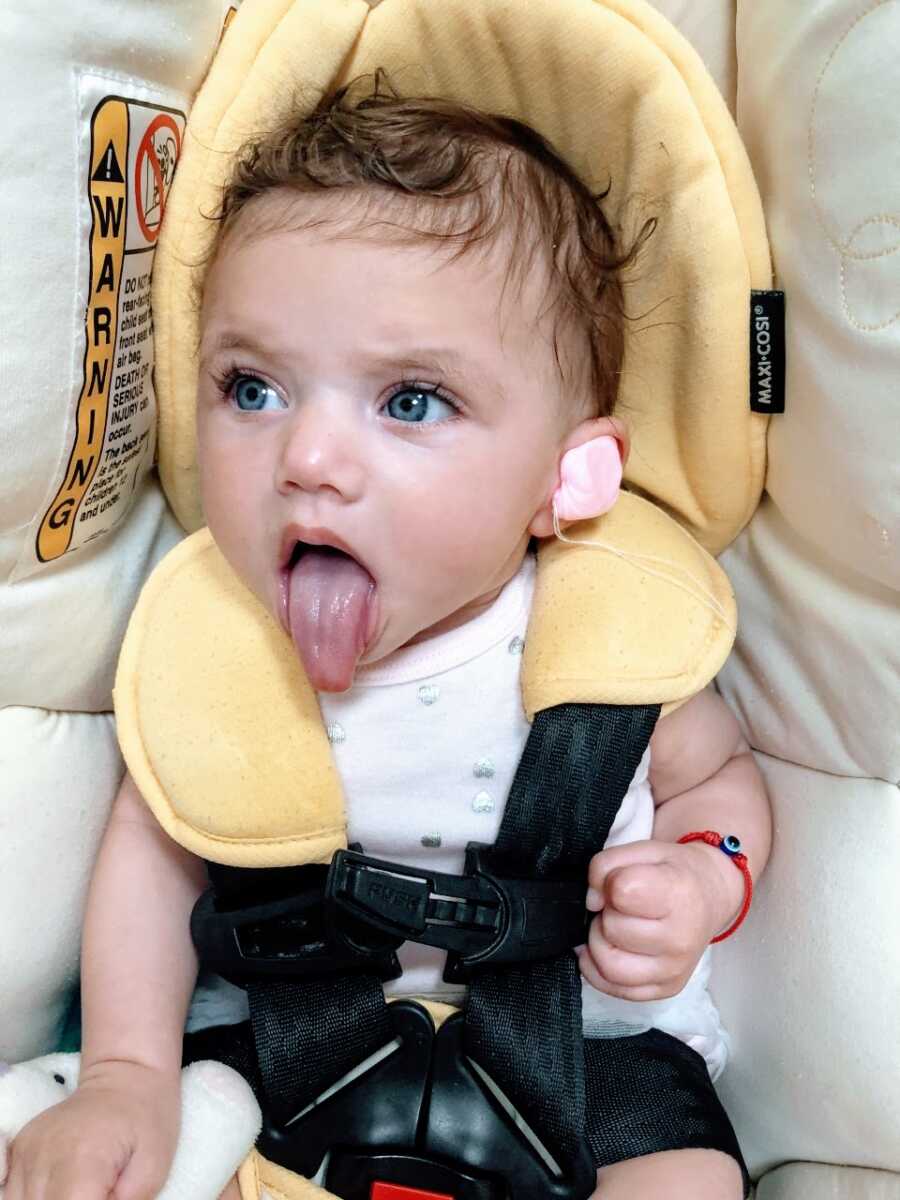
And this is still the very beginning of our journey. As I write this, Charlotte is recovering from surgery for cochlear implants. Easily, one of the most complicated decisions we have ever had to make as parents. Up until now, hearing aids have helped to amplify sound to give her access. However, because of the severity and progression of her hearing loss, they simply can’t give her access to all of the frequencies she needs to develop LSL (Listening & Spoken Language).
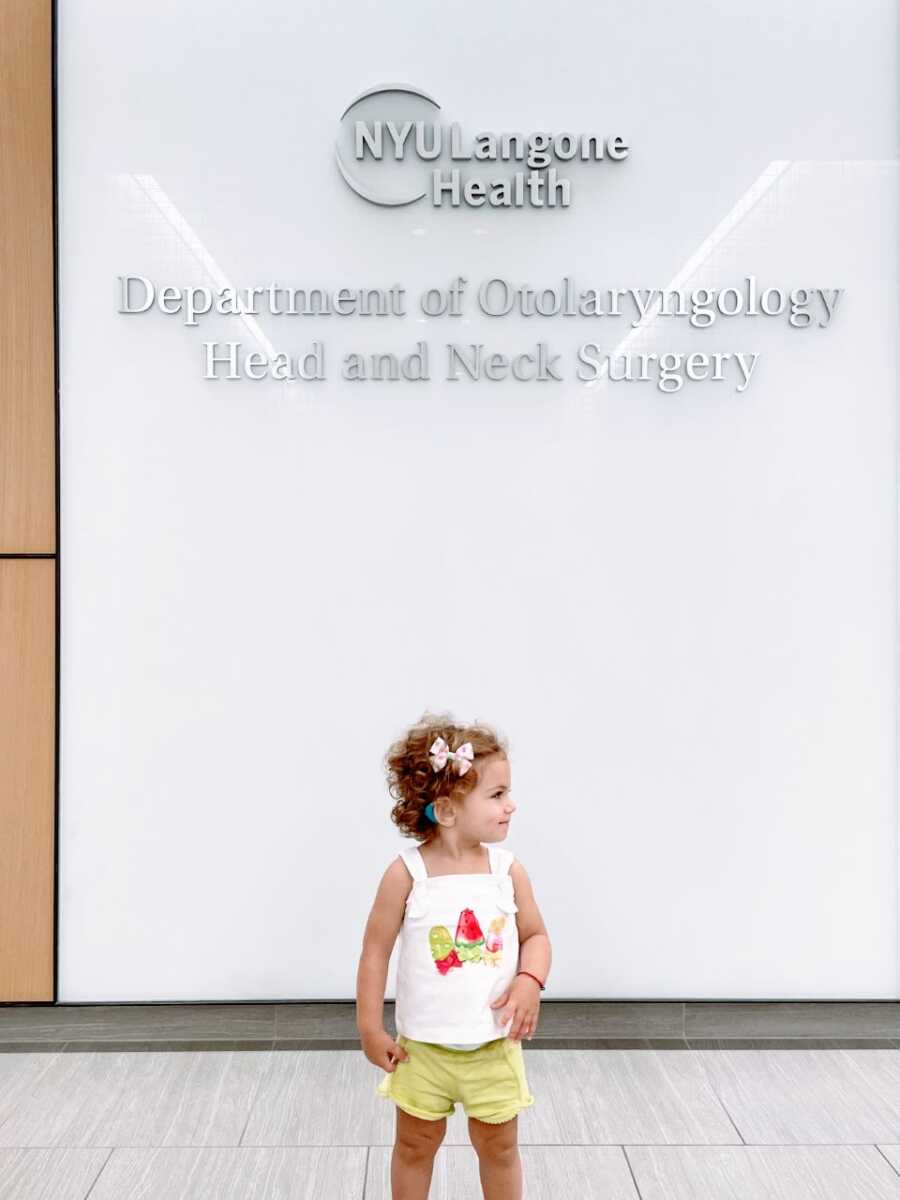
So, was she hearing? Yes. Was she understanding? Probably, not a lot. Cochlear implants, on the other hand, consist of an external device that picks up sound and transfers it to an internal device sitting under the skin, which sends the sound down to the inner ear before traveling up the hearing nerve to the brain. If your brain just exploded reading that, don’t worry…mine did too the first ten times it was explained to me.
The most important thing we learned is it takes time for the brain to learn what the sounds mean. Cochlear implants don’t work like eyeglasses. Instead, we should think of them like a prosthetic leg. A person doesn’t just start running marathons when they are first fit with one…it takes a lot of work to learn how to use it.
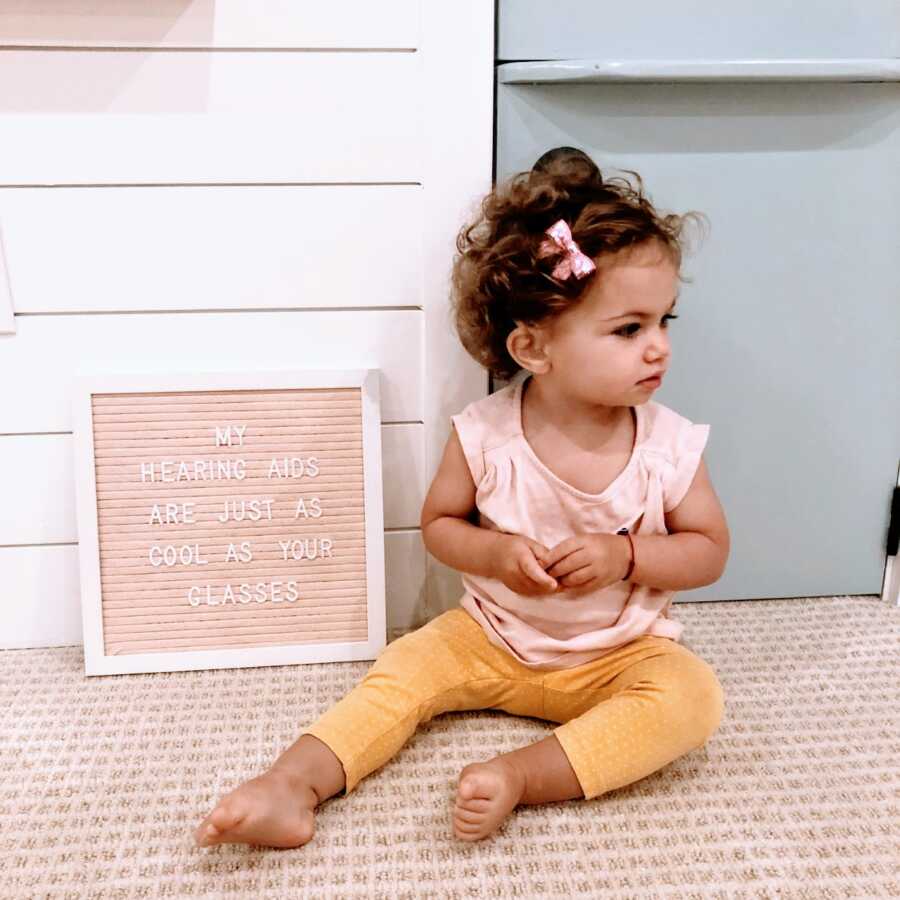
But, here’s the thing. Charlotte will always be Hard of Hearing. Nothing changes that, nor are we looking to ‘cure’ or ‘fix’ her disability. It is something we want her to be proud of as she gets older, because it is what makes her unique. The way we see it, disability is NOT a bad thing. A disability is just one characteristic of a person along with all of their other strengths and weakness. Society, however, still places stigmas on disabilities.
And just because we have chosen to utilize an option that gives her access to spoken language, it does not mean we believe those who choose to identify as Deaf (with a capital ‘D’) and communicate exclusively via signed language are less than those who choose spoken language. It’s a very personal decision.
That being said, I have become much more aware of the accommodations DHH individuals need to feel truly INCLUDED in society: captioning content on social media is mandatory, utilizing text on phones or white boards to communicate, repeating things without saying ‘nevermind,’ speaking slowly/clearly to facilitate lip-reading, turning on the closed captioning at movie theatres. And wouldn’t it be incredible if our kids had the opportunity to learn sign language in all mainstream schools? Let’s make it a thing.
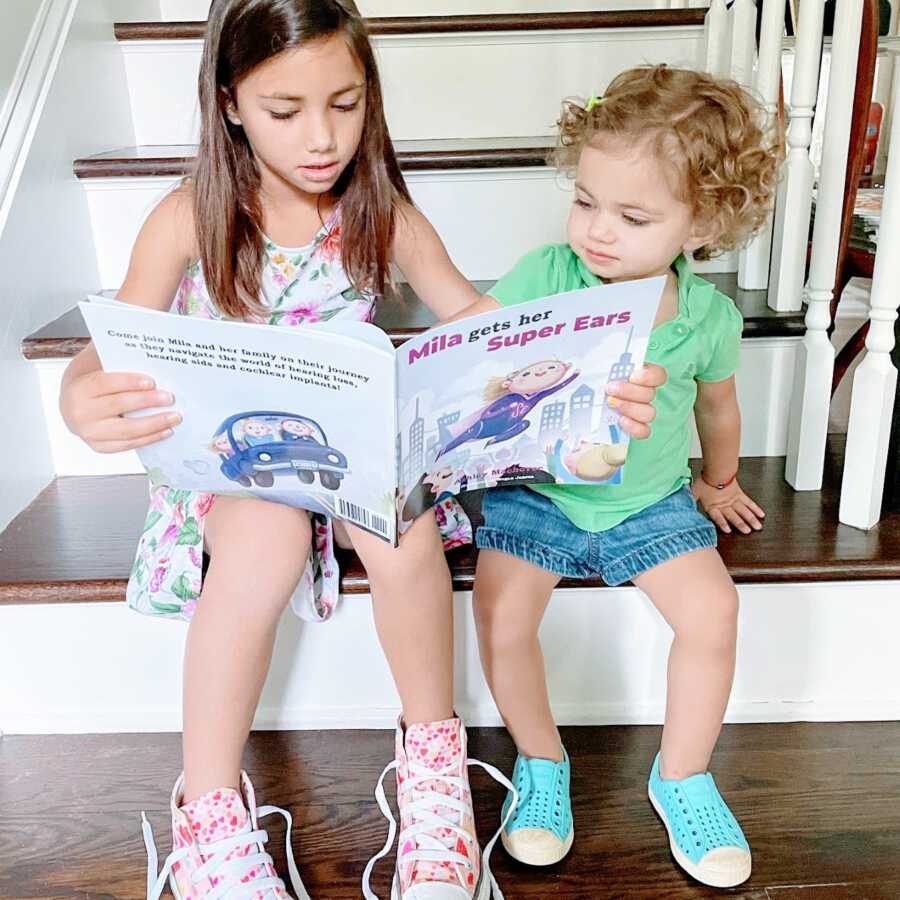
In the last year I have seen more representation of people with disabilities in television and cinema. Let’s continue in this direction. Education and exposure are key to becoming a fully inclusive and accessible society, and to break the stigmas that surround disabilities. And as for me, I will just continue to strive to show the world Charlotte’s hearing loss is not something to apologize for or fear. She is perfectly ‘normal’…whatever that means.”
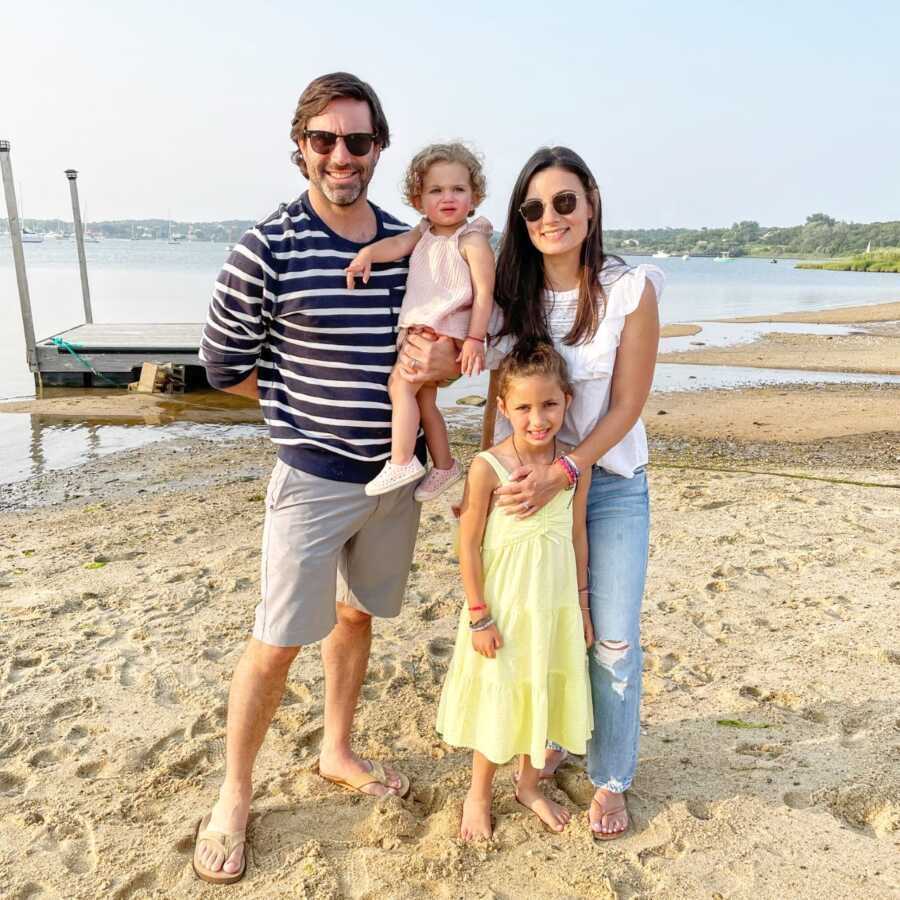
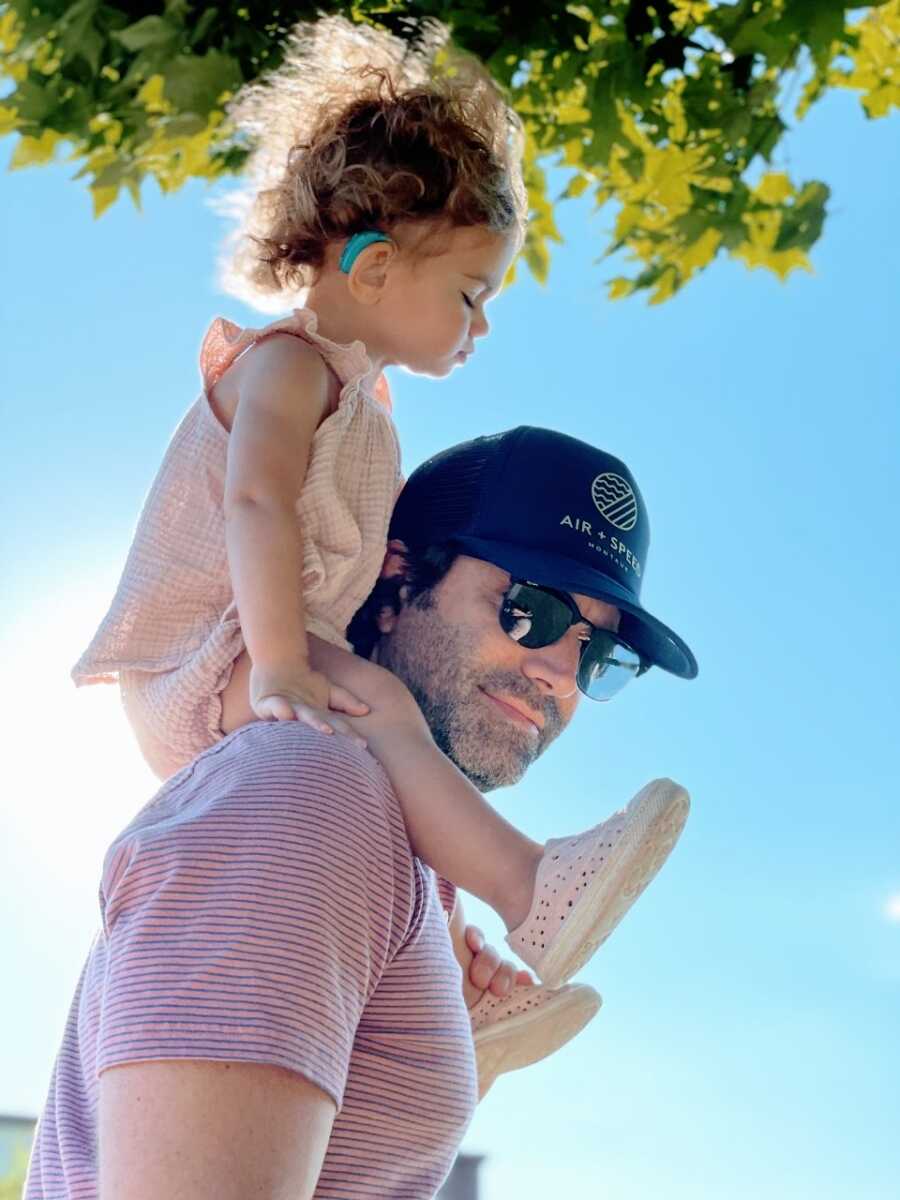
This story was submitted to Love What Matters by Jennifer Canavan of Westport, CT. You can follow their journey on Instagram. Submit your own story here and be sure to subscribe to our free email newsletter for our best stories, and YouTube for our best videos.
Read more stories like this here:
Do you know someone who could benefit from this? SHARE this story on Facebook with family and friends.

